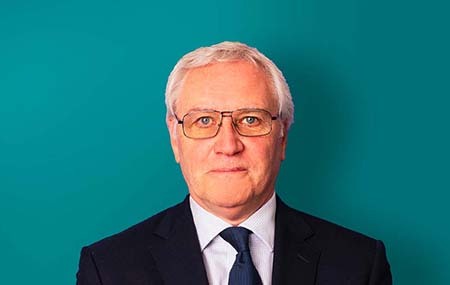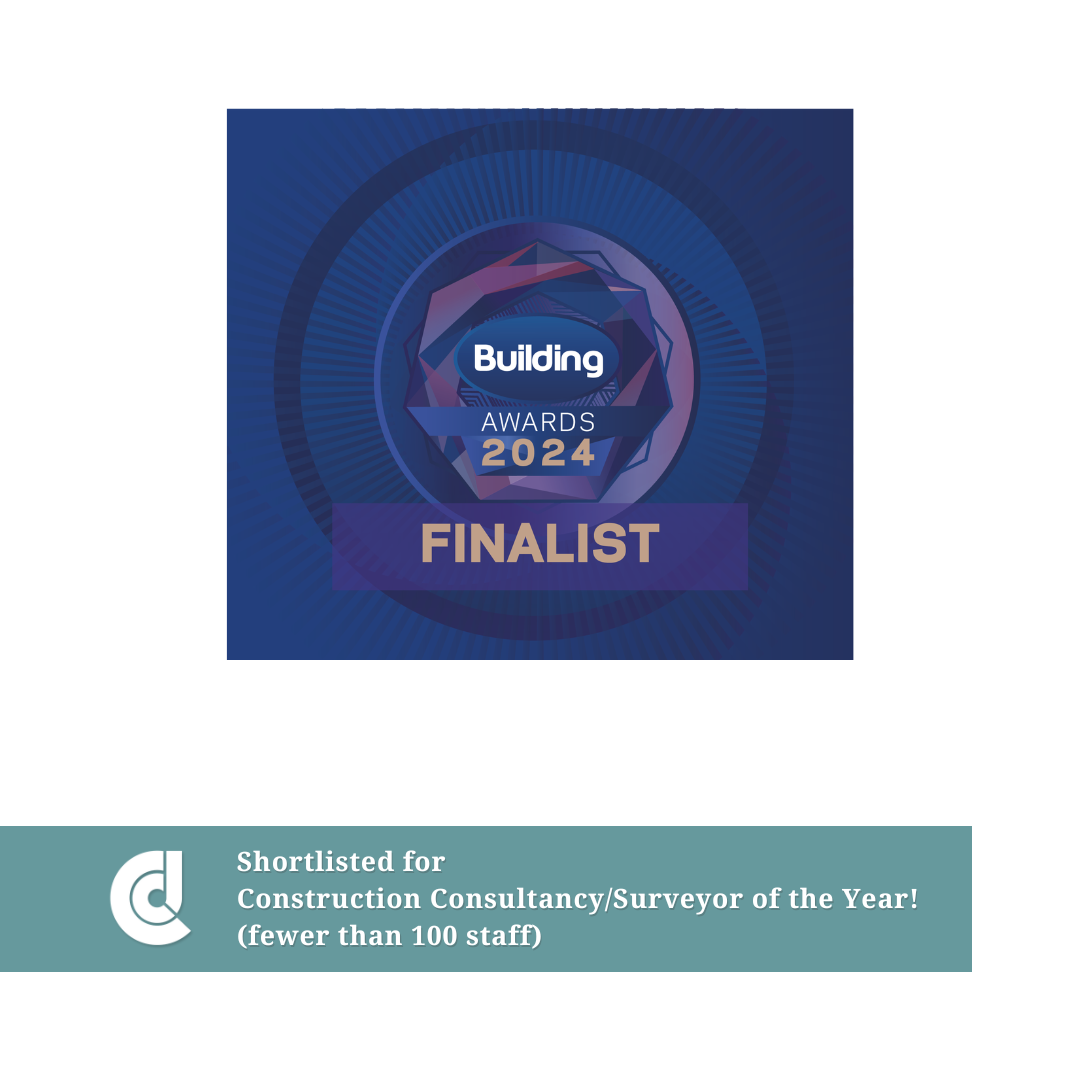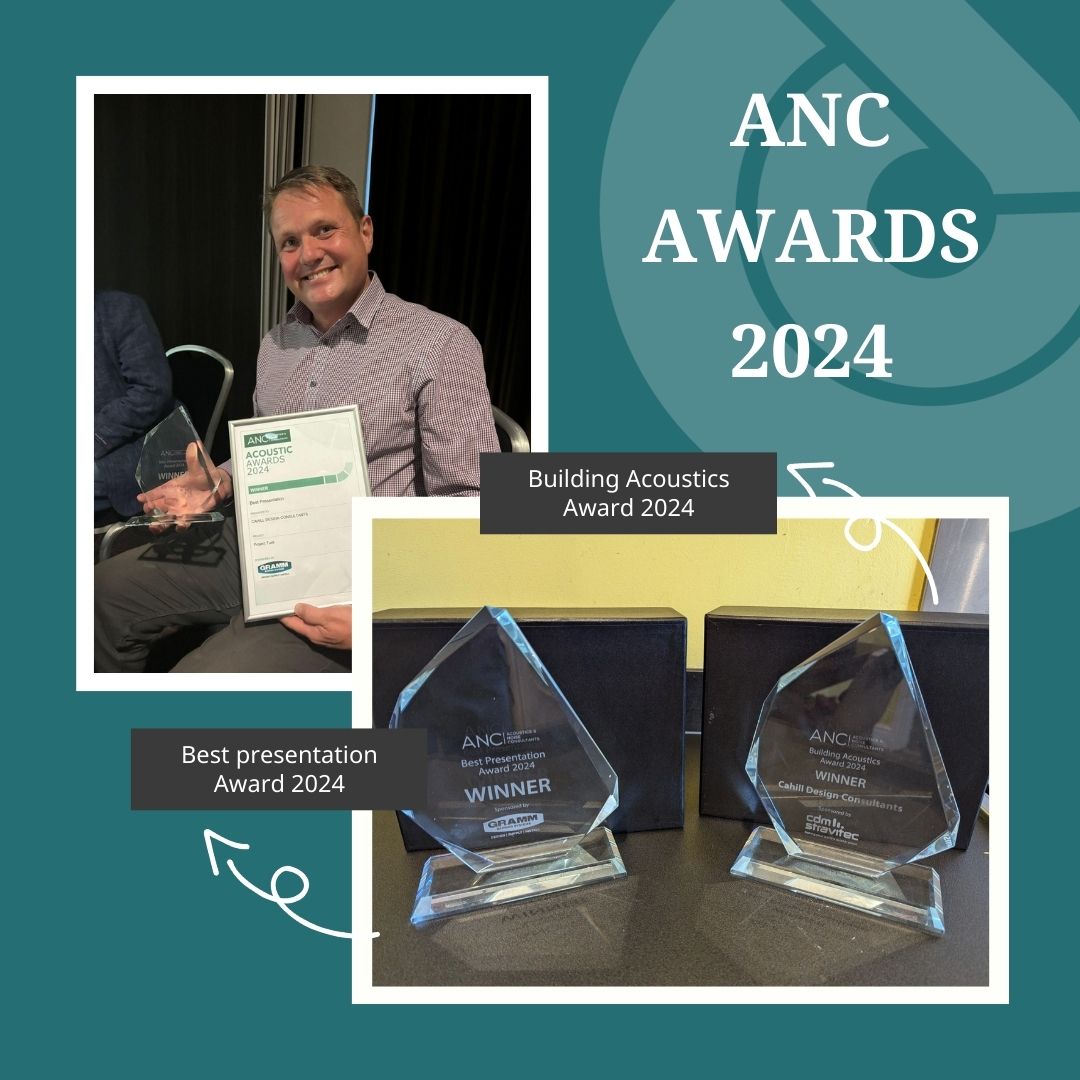Last 16 years of fire service career spent in Fire Safety
Terry Marsh
Role at Cahill Design Services
Associate Fire Engineer
Experience working in Fire Engineering:
35+ Years
Top Tip for someone new to the industry:
Most fire safety problems are really exercises in common sense and solving practical problems of how buildings will be used.
Modern methods of building construction don’t always stick to traditional building materials and construction methods. You can use the tried and trusted rules and regulations to help you find the best solutions, but also be practical, use good sense. Don’t assume anything about how the building will be used, always confirm your assumptions.
Terry’s Fire Engineering Journey
I joined the London Fire Brigade (LFB) in 1986 as an operational firefighter.
Before joining the LFB, I was an electrical engineer. I was motivated by not wanting to be working in an office all day long.
I spent a year in Australia (1982) and worked as an electrical engineer. When I returned home, I decided to try something new, I then worked for British Rail, followed by British Telecom, as a telecommunications engineer, before joining the London Fire Brigade.
I started as a firefighter, but progressed through the ranks to Station Officer where I transferred into the fire safety department. This was primarily as I had 2 young children and did not want to work shifts whilst they were young. Working in fire safety allowed me to work weekdays. I spent the last 16 years of my fire service career in fire safety.
I was a fire safety inspecting officer within the City of London, then a fire safety team leader in the City of London and Tower Hamlets. After this I was the deputy head of the LFB fire safety policy team, then head of the fire safety quality assurance and audit team. Finally, I became a fire engineer with the LFB fire engineering team until I retired in 2016.
Finding success in Fire Safety
To be successful in writing fire safety strategies for complex buildings you need to know how many different elements of fire safety complement each other. I liken it to an orchestra conductor, I don’t know how to design a sprinkler system, smoke control system or fire alarm system but I do need to know how they can be used.
My fire safety career started with small licensing jobs and progressed over time to much larger more complex buildings. Working in central London there is a large variety of work. I carried out a lot of licensing work in pubs and clubs in London. The job provided a good grounding for seeing what could be done in all types of buildings and situations – residential, commercial, and even squatting; I saw the best and the worst of everything.
I believe fire safety can save many lives, and preventative action can save more than a firefighter because there is only so much that can be done. Smoke can kill someone in less than 4 minutes. Often it’s too late to save someone even before firefighters arrive at the fire; it makes sense to make the buildings people live and work in safe even before the fire starts.
Post Grenfell, everything in the fire safety environment has been even more challenging. Building control bodies are very nervous of making decisions on any proposals that are not code compliant. However, fire engineering is about stepping outside of code compliance and finding an engineered solution that will perfume as well as, or better than, a code compliant solution.
Most challenging project
The Stage, Shoreditch, London. CDC has been a part of the project design team for a total of 7 buildings, a mix of residential and commercial. Each building is very different and has its own unique fire safety compliance challenges.
Considering a career in Acoustics? Check out our careers page






